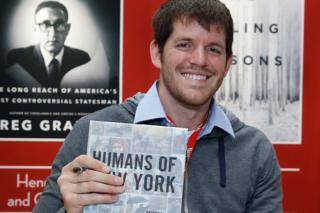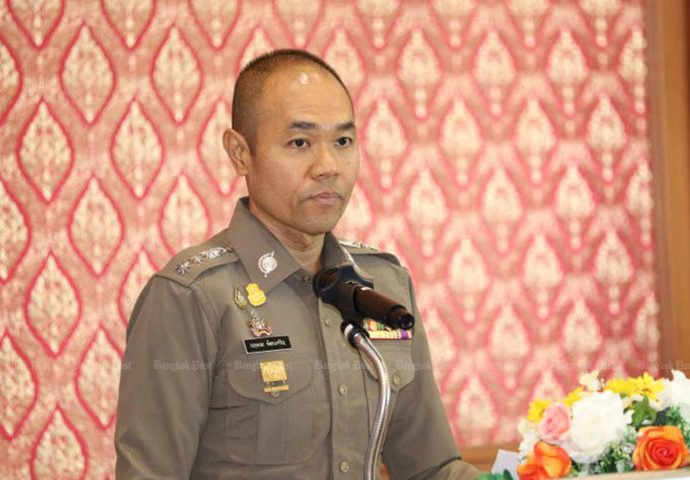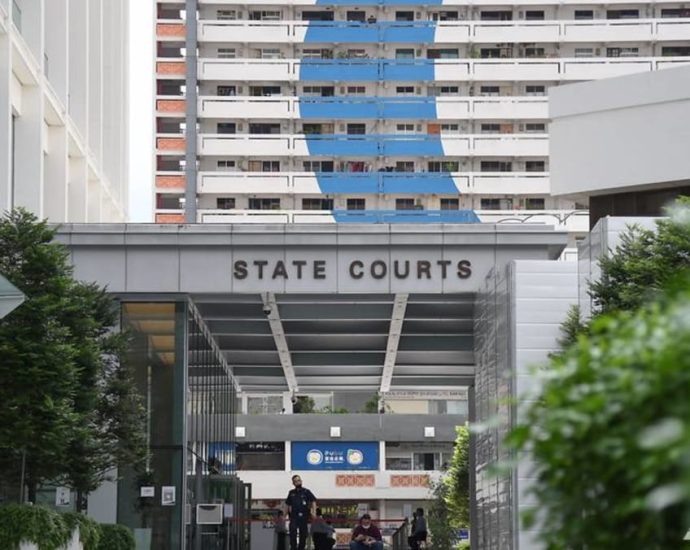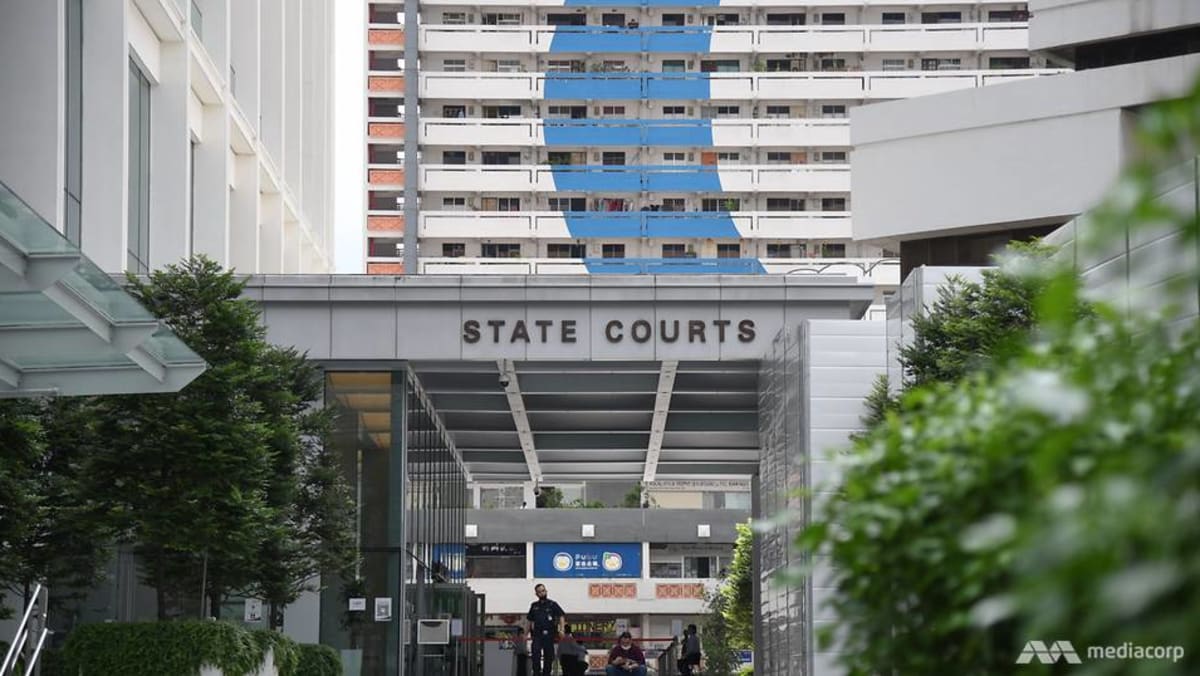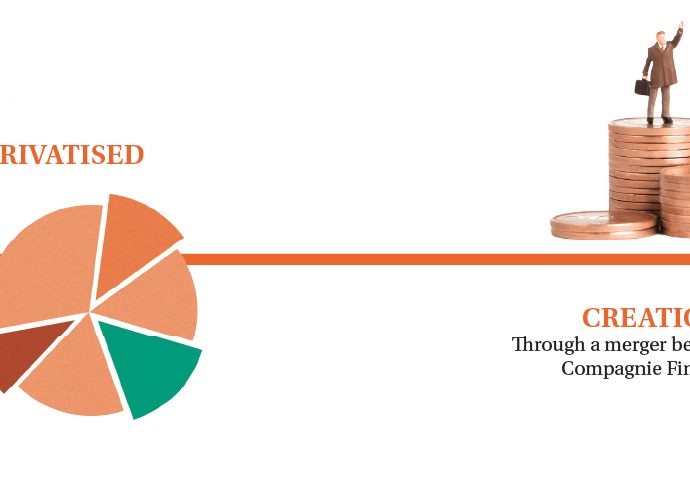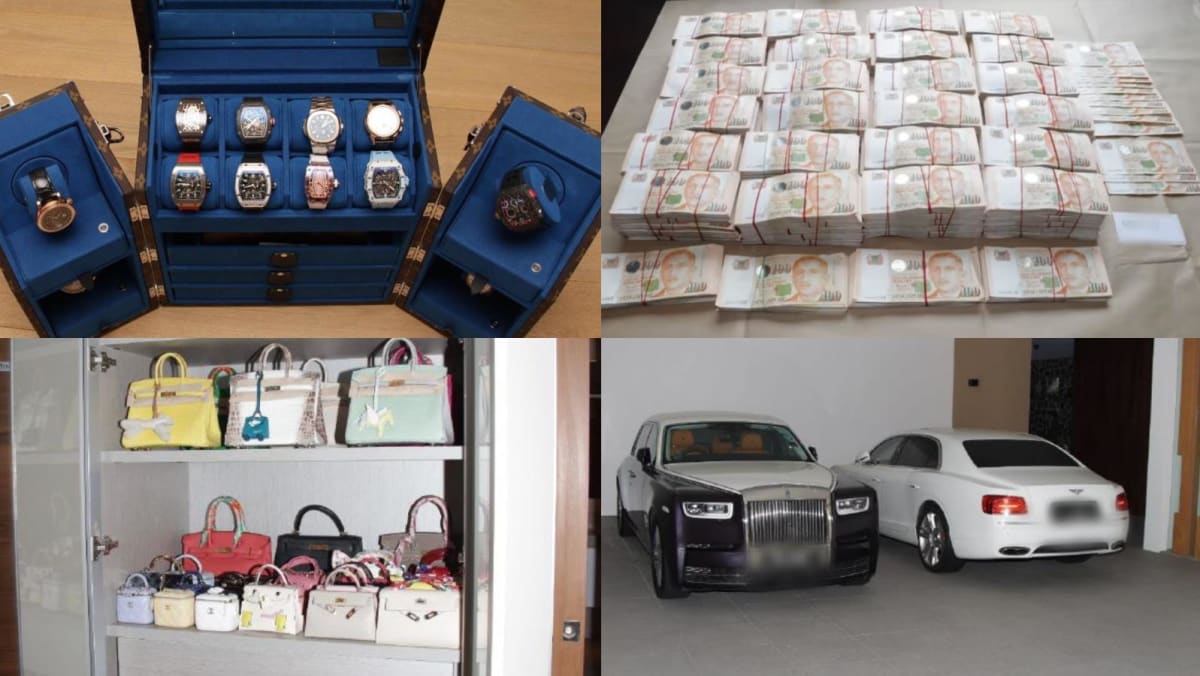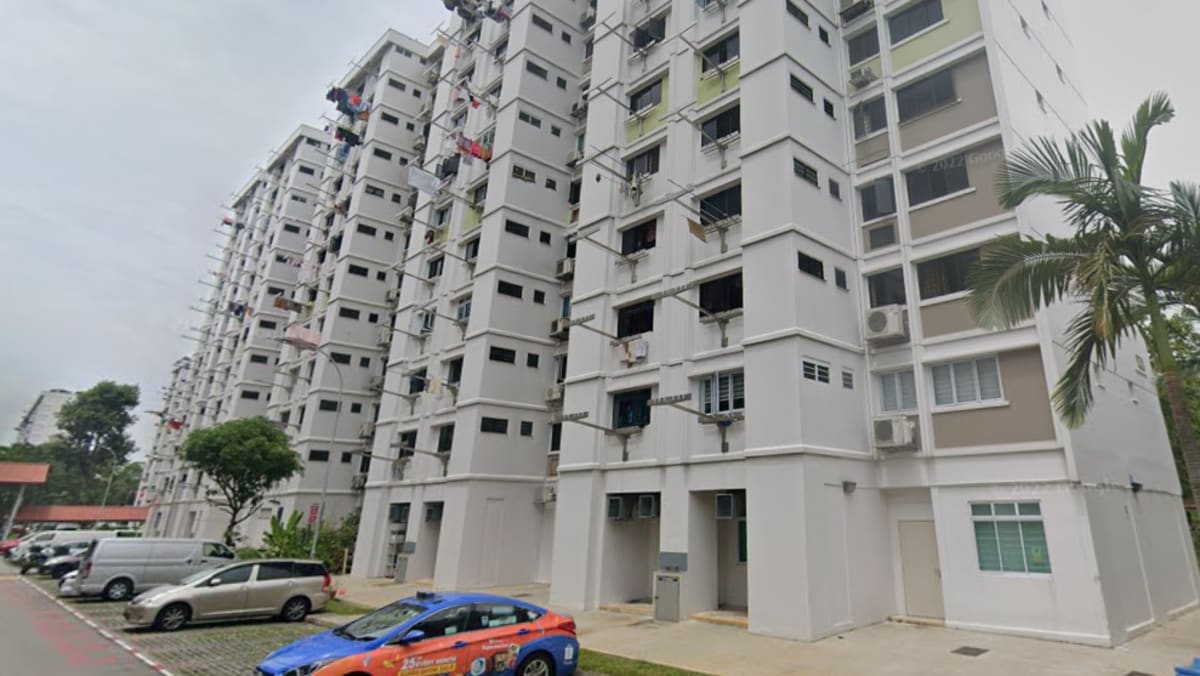Humans of New York’s Brandon Stanton wades into India copyright row
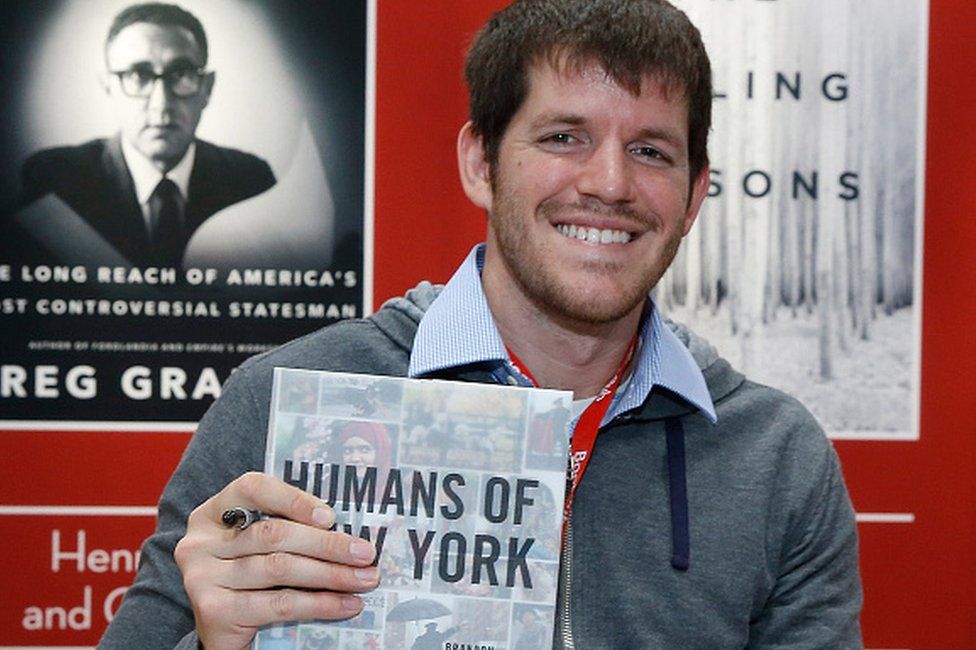 Getty Images
Getty ImagesA row has broken out after the founder of popular photo blog Humans of New York criticised a similar Indian platform’s take on copyright.
Humans of Bombay, which follows the same format as Brandon Stanton’s New York blog, started in Mumbai in 2014.
It recently filed a suit against People of India, which started a few years later, of copyright infringement.
All three tell stories of people in the form of interviews or posts alongside their photos.
Earlier this month, Humans of Bombay (HOB) filed a lawsuit in the Delhi High Court saying People of India (POI) was an “identical portal/service” which had “replicated a large number of images and videos” from its platform. People of India has been summoned for a hearing on 11 October.
Founded by Drishti Saxena in 2019, POI has over two million followers on social media. In the court documents, HOB has shared screengrabs of People of India’s posts alleging that that were almost exactly like its own.
POI has not publicly commented on the lawsuit but continues to share posts on Instagram. On Saturday, it also opened an account on X.
The case made headlines in India after Stanton commented on it on Saturday on X (formerly Twitter) – “you can’t be suing people for what I’ve forgiven you for”, he posted.
Stanton said he had remained quiet about “the appropriation of my work” by Humans of Bombay because it “shares important stories”. He also pointed out that HOB had monetised their work “far past anything I’d feel comfortable doing on HONY [Humans of New York]”.
HOB responded to Stanton’s post, saying it was shocked at the “cryptic assault” on its effort to protect its intellectual property without understanding the background of the case. It added that Stanton “ought to have equipped” himself with information before commenting.
The Indian platform faced backlash from many in the country who called its lawsuit hypocritical. One user pointed out that HOB used the same tagline as HONY – “one story at a time” – on its X page.
Others questioned what copyright laws HOB adhered to while using the stories of people it interviewed for its platform.
In 2019, HOB had been criticised for publishing a flattering five-part interview of Indian Prime Minister Narendra Modi ahead of the national elections.
In a post on X on Sunday, HOB said it was “grateful” to HONY and Stanton for “starting this storytelling movement”.
It also attempted to clarify that its case was related to intellectual property of its posts and “not about storytelling at all”.
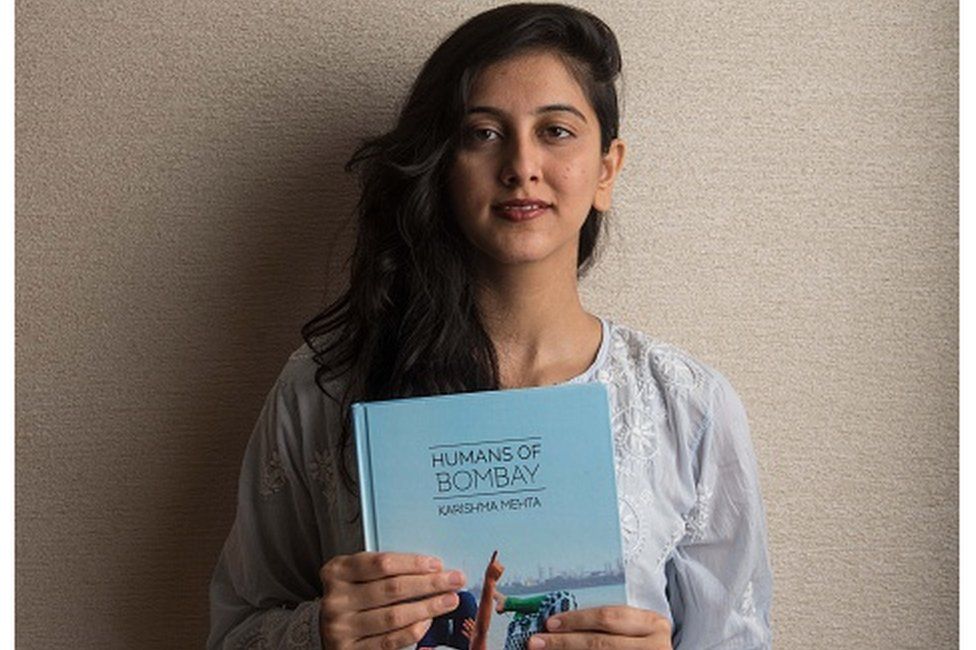
But on Monday, Stanton released a statement saying: “For the last 13 years I haven’t received a penny for a single story told on Humans of New York, despite many millions offered.”
He said he welcomed anyone using the concept “to express something true and beautiful about their community” but did not identify with anyone using it “to create a certain lifestyle for themselves”.
In an interview to an Indian YouTube channel earlier this year, HOB founder Karishma Mehta said the platform functioned as a business that ran on ads and also collaborated with brands like Amazon, WhatsApp and Unilever for their campaigns.
Stanton’s HONY has more than 20 million followers across social media platforms such as Facebook, Instagram and YouTube and has had its work featured in bestselling books like Humans of New York: Stories.
The project and Stanton are known for using the platform to raise money for some of the people he profiles and for causes like hurricane victims in the US and Rohingya refugees.
In 2022, the New York Magazine called him a “one-man philanthropy machine”.
The project has inspired similar platforms in other cities and countries. In his post on Saturday, Stanton said he loved the Humans of Amsterdam project run by Debra Barraud because she “stayed so true to the art, and has never viewed the stories that she shares as the ‘front end’ of a business”.
BBC News India is now on YouTube. Click here to subscribe and watch our documentaries, explainers and features.

Read more India stories from the BBC:


